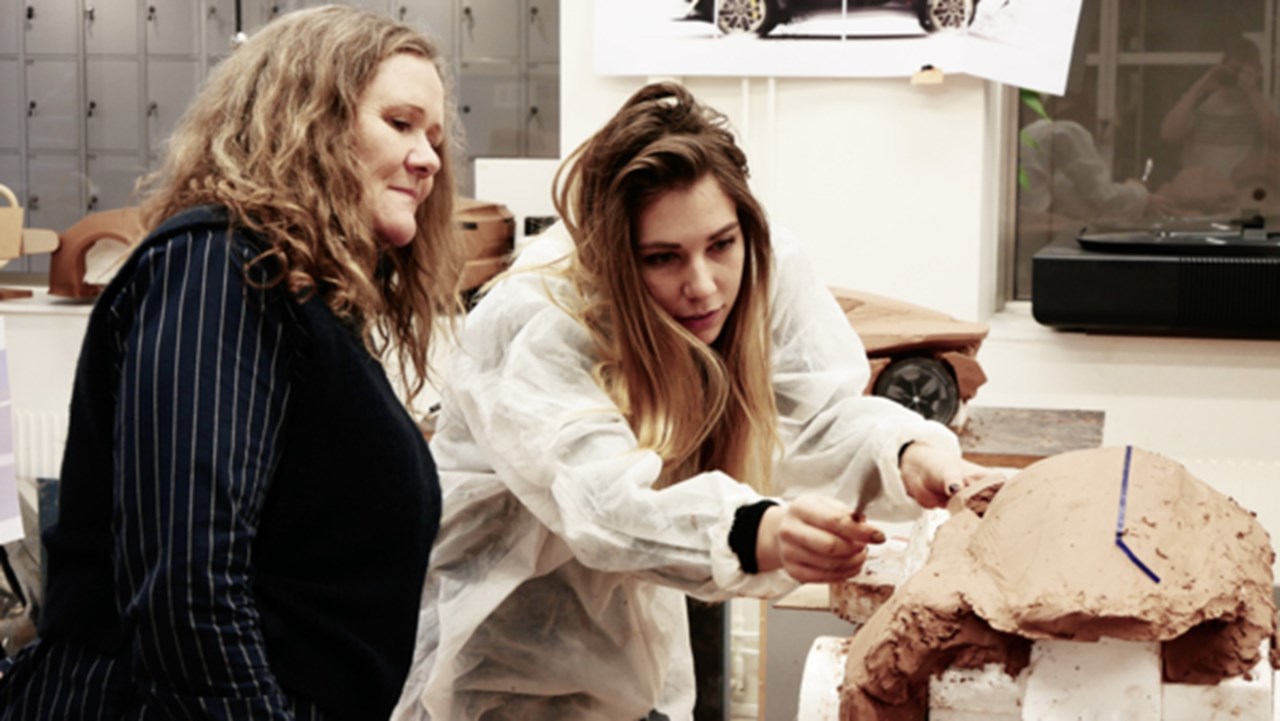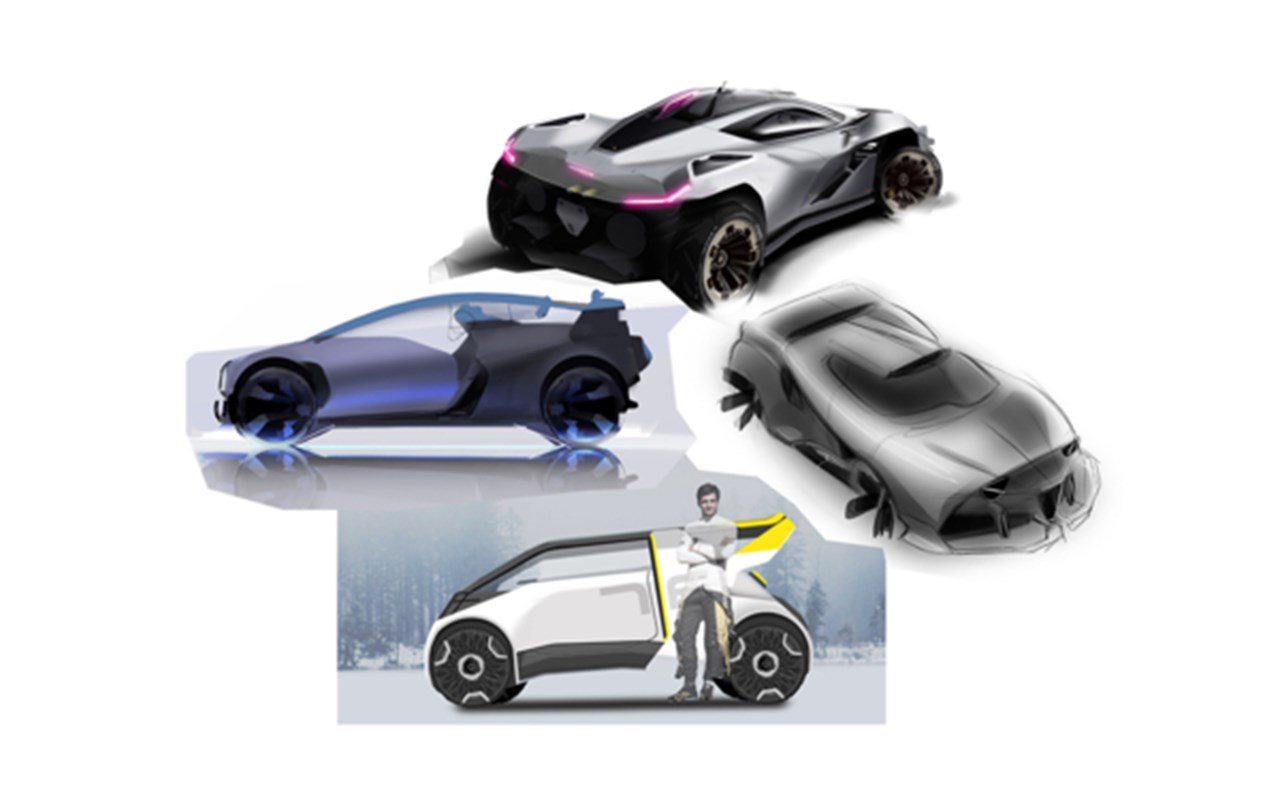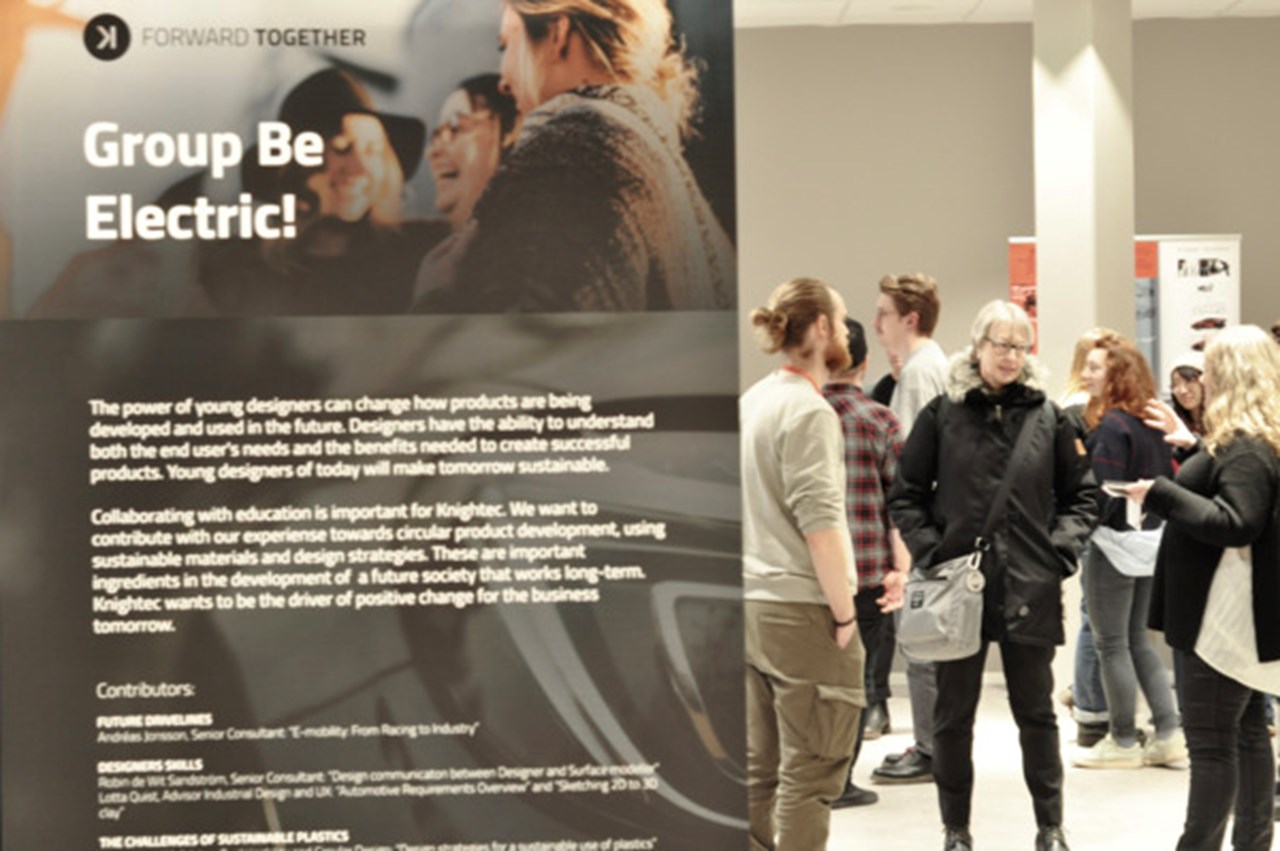Quick Facts
´Group Be Electric´ is the result of a design exercise where transportation design students at the School of Design at Umeå Insitute of Design transform 2D sketches into 3D form, in clay. In the course, students also learn the basics of vehicle construction and vehicle history. The project runs over 5 weeks and the students belong to TD1, the first academic year of two in the MFA Transportation Design Programme.




